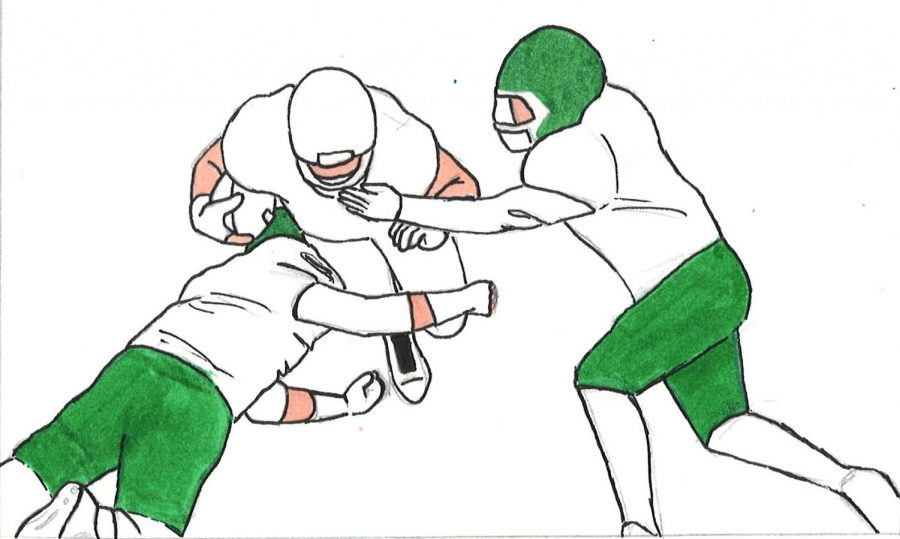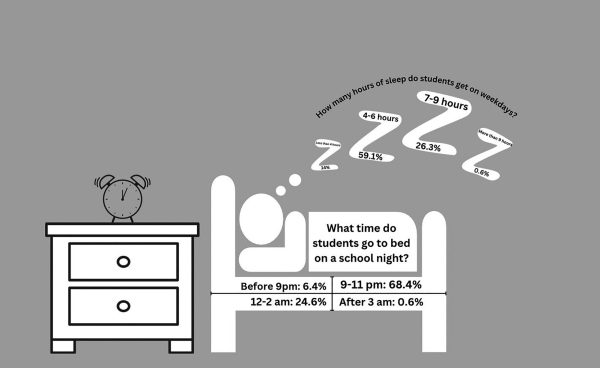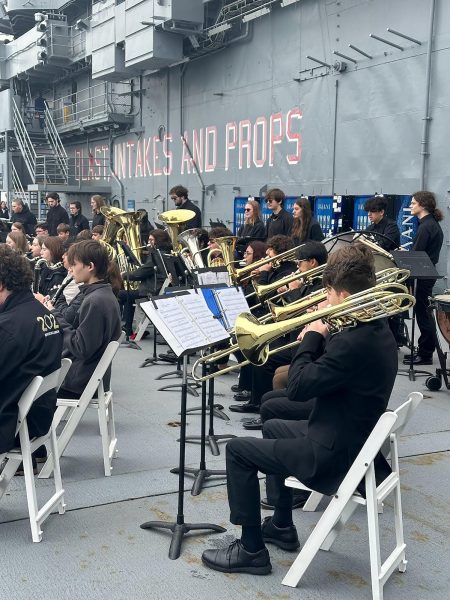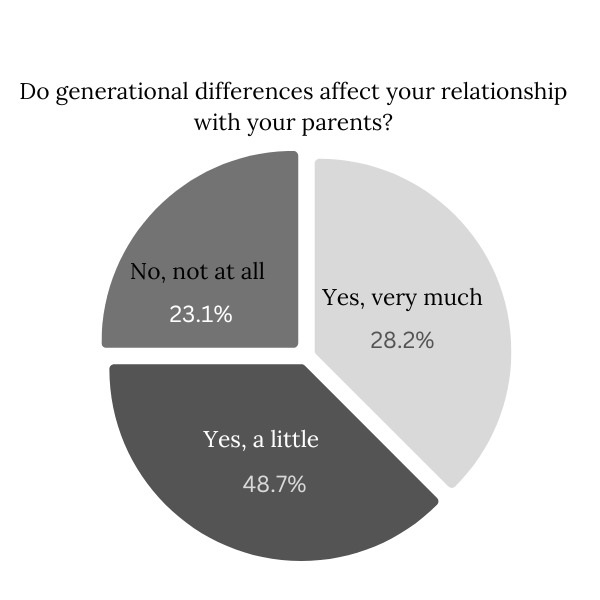Play safe, stay safe: contact vs non-contact sports
October 12, 2018
The crowd gasps as they see a player collapse on the field, a victim of a contact sport injury.
Speculation over the dangers of contact sports being greater than those of non-contact sports has increased lately since the death of Dylan Thomas, a linebacker from Pike County High School in Zebulon, Georgia.
After a debilitating hit in the football game, Thomas complained he could not feel his arms or legs and later collapsed. There was swelling in his brain and he fell into a coma, passing away a few days later, according to People magazine.
In spite of these severe cases, junior Jack Martin, rugby player and wrestler, believes that contact sports are not any more dangerous than non-contact sports, if they’re played correctly.
“If you are playing smart and well, they are no more dangerous, but if they are played, like hitting everyone with your head, it is more dangerous,” Martin, said. “If you tackle like you’re supposed to, it shouldn’t be any more dangerous.”
Senior Katie Kearney, tennis, basketball, and soccer player thinks contact sports tend to be more dangerous.
“Sometimes people play too physically, and don’t think about the consequences,” Kearney said.
Kearney was cleated while playing soccer, causing her ongoing foot problems. While all sports have injuries, certain injuries are more prevalent in contact sports than in non-contact sports.
“We see a lot of ankle sprains, otherwise it’s just simple stuff like contusions,” Courtney Prieboy, ATI athletic trainer, said. “You will see your ACL and MCL sprains, your meniscus tears, fracture wise its either a broken ankle or broken collarbone. In more severe cases you could see shoulder dislocations.”
For senior Ben Kmety, his football career ended his junior year after experiencing a severe knee dislocation, tearing every ligament except for his ACL. He decided to hang up his cleats, even after making a full recovery.
“I didn’t play because I was scared to,” Kmety, said. “I thought it wasn’t worth it to get hurt again. I believe I made the right choice.”
Tamara Kraljevic, junior, believes contact sports are inherently more dangerous, even though she has experienced multiple ankle sprains while playing tennis.
“In contact sports, you’re putting yourself out into more risk,” Kraljevic said.
“No athlete will really ever admit it, but we always play a little timidly when we’re in a contact sport,” Kaylie Dahms, sophomore tennis and soccer player, said. “[injuries] are easier to come back from when you’re younger, but now they could be career ending.”














adviser • Mar 4, 2021 at 9:06 am
Hello Mel,
Thank you for your comment. I tried to see which images you say are your artwork, but the links you posted do not show anything. The artwork for the story you commented on about contact sports, was drawn by one of our staff members, so it cannot be a copyright violation. Please let me know specifically which images you feel are yours.
Thank you,
Renee Nieckula, faculty adviser